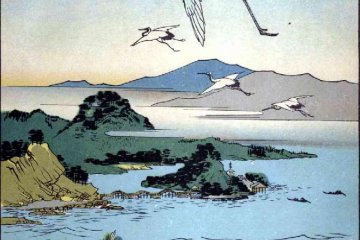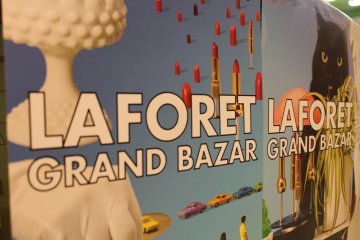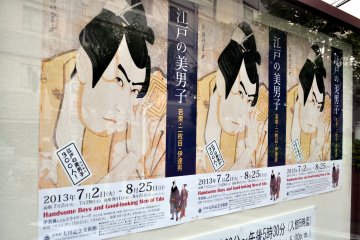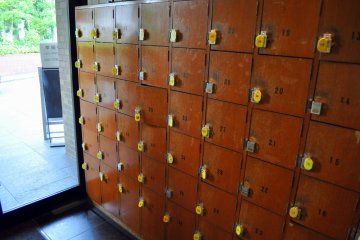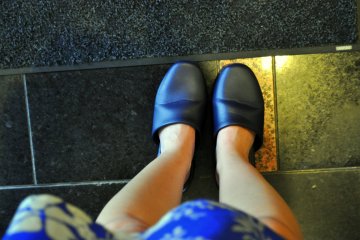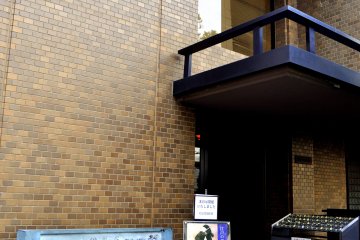The Ōta Collection was created in order to save traditional ukiyo-e as we know it.
Ukiyo-e, or woodblock printing, began in the Tokugawa Period (1603-1868). Creating a print was—and still is today—a multi-step process, which includes creating an ink drawing, tracing that drawing, chiseling out a woodblock with that design, and inking and printing on a single piece of paper many times depending on the amount of colors and layers.
Closer to the Meiji Period (1868-1912), many original pieces were being sent out West. Ōta Seizo V wanted to make sure that Japan’s future would still have traditional art to promote and exhibit.
Over 14,000 pieces ranging from the inception of ukiyo-e to its height had been collected over more than fifty years, and after Ōta’s death, his family composed and organized his collection into exhibitions.
The museum is on the smaller scale, so its not surprising that visitors are asked to exchange their shoes for a pair of slippers when enjoying the exhibit. In all, it is two stories tall with a Zen rock garden and aesthetically matching bench area in the center of the ground floor. The very dim lighting and constant changing of collections is paramount for the preservation of the 200-year-old works.
The exhibition I observed, the first term of “Handsome Boys and Good-Looking Men of Edo,” showed the other side of ukiyo-e, without pretty women and tempting geishas as the forefront of the pieces. Most of the subjects were kabuki theater actors, but also included literary figures and courtesan lovers.
Be sure to take a close look at one or all of the prints. I found it incredible imagining the amount of work put into making sure each print was precise and every thin line was retained without a smudge.
The Ōta exhibition is free for junior high students or younger, ¥500 for university and high school students and ¥700 for other visitors.
The museum is closed on Mondays, national holidays, at the end each month and the period between December 21 and January 2. The annual schedule will help visitors keep up with the exhibitions, dates and prices.



